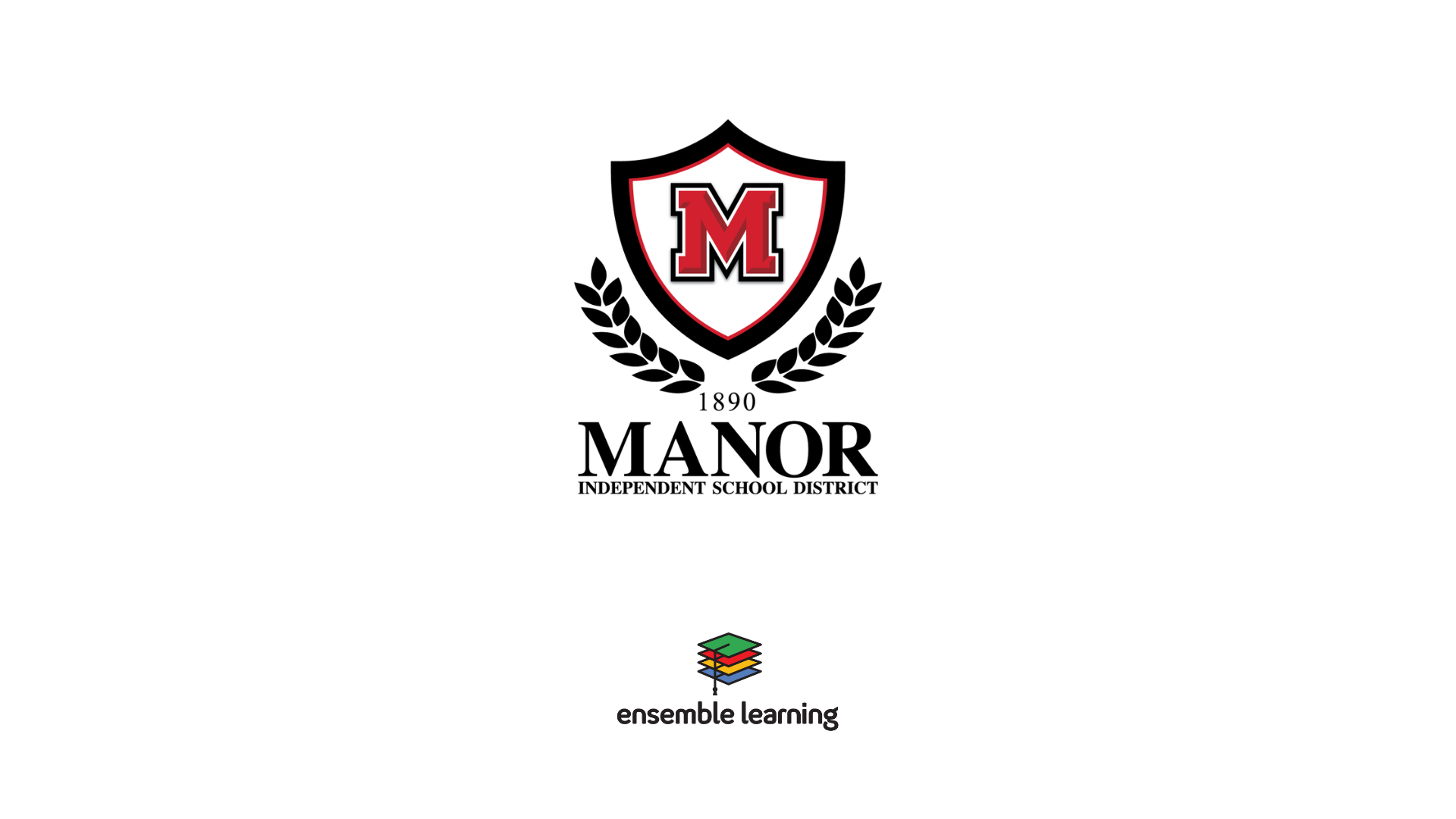How often have you witnessed an outstanding professional learning session—teachers engaged and inspired, facilitators effectively presenting the rationale and process for pedagogical change—only to find that no real change takes place afterward?
Despite enthusiasm and clarity during the session, meaningful instructional shifts often fail to materialize. Barriers such as time constraints, limited accountability, and lack of sustained support frequently hinder implementation.
At Ensemble Learning, a national non profit dedicated to improving educational environments for multilingual learners, we have found that a core solution lies in actively engaging school and district leaders throughout the professional learning process. By applying a systems-thinking lens—borrowed from biology’s general systems theory (1) —we can create the conditions necessary for change to take root and flourish.
Contents
What Is A System’s Approach?
General systems theory posits that all components of a system are interrelated and interdependent.
In nature, the reintroduction of wolves to Yellowstone National Park is a classic example: this single change influenced elk populations, allowed vegetation to regenerate, and ultimately restored beaver habitats. One change led to ripple effects across the ecosystem.
Schools are similarly complex systems.
Any shift in teacher practice must be considered in the context of students, families, policy, funding, leadership, and community. While not all components are within our control, school and district leaders are powerful levers of change and must be intentionally engaged to reinforce the vertical spine of instruction.
School Leaders
It is well-established that effective school leaders directly impact instructional quality and student outcomes (2). Ensemble Learning uses the evidence-based framework (3) developed by The Wallace Foundation, which identifies four key functions of effective school leadership:
Cultivate leadership teams
Strong school cultures are built on shared leadership (4) and vision.
Effective leaders leverage the strengths of their teams (5), distribute responsibilities, and build collective capacity. Research supports that distributed leadership is associated with improved student performance (6).
Because higher performing schools take advantage of the collective knowledge within the school community, we take the time to coach leaders to develop their leadership skills and delegate tasks to their staff, building the staff’s capacity and allowing the cultivation of distributed leadership teams. Ensemble Learning coaches leaders to build a strong team enabling them the time to lead implementation efforts and foster lasting instructional change.
Vision and commitment to high standards for all
Visionary leadership includes setting and sustaining a culture of high expectations for every student (7).
Leaders shape school-wide beliefs and influence teacher mindsets, which are crucial for closing achievement gaps (8). Students live up to the standards we hold for them (9). Leaders are an essential element of creating school culture (10); they are responsible for the implementation and support of shared values.
Ensemble Learning supports leaders in developing this vision of high expectations through a deep dive into the experience of students and staff beliefs about students using empathy interviews (11), surveys, and analysis of student data—establishing clear goals for student success. We reinforce these goals through targeted and goal-aligned leadership coaching. Ensemble Learning supports leaders throughout the school year to share their vision.
Instructional improvement
Perhaps the most critical leadership responsibility is instructional improvement.
Leaders must understand and advocate for research-based strategies (12) and ensure teachers receive the training and feedback necessary to implement them (13). Leaders who create opportunities for professional development, collaboration, and learning have teachers who are consistently improving their skills (14).
In our work, Ensemble Learning supports leaders to engage their leadership teams in coaching and modeling evidence-based strategies, aligning instructional practices with school-wide goals.
Create and manage systems
Sustaining instructional change requires systems that support professional learning, accountability, and continuous improvement.
Effective leaders design and manage systems for hiring, retention (15), collaboration, and data usage. Leaders must actively plan, implement, support, advocate, communicate, and monitor these systems. Effective leaders help their staff to thrive and reduce organizational turnover (16). These systems ensure that improvement efforts persist beyond leadership turnover and competing priorities.
Data systems
Data-driven instruction is central to improving outcomes.
Effective leaders create a culture of data use by setting clear expectations, facilitating data conversations, deriving data from a variety of sources and data types (17), and modeling how to analyze and act on data. They also chunk data into actionable information to monitor progress, identify instructional needs, and measure the impact of professional learning initiatives.
Ensemble Learning reinforces leaders’ ability to use data through modelling, coaching, and data-specific conversations that illustrate how data can be used to create instructional progress.
District Leaders
District leaders shape priorities, allocate resources, and influence the scalability of instructional change. Their active engagement reinforces the importance of professional learning and aligns efforts across schools.
Ensemble Learning involves district leaders at every stage—from planning and professional learning to walkthroughs and coaching sessions. Their participation communicates shared ownership, reinforces expectations, and ensures alignment between school and district initiatives.
Why Leader Engagement Matters
Leadership engagement is not just beneficial—it is essential. Without leadership accountability, modeling, and support, professional learning rarely results in sustained change. Engaged leaders ensure that:
- Teachers are held accountable for implementation.
- Support is available for teachers refining their practice.
- Instructional goals are sustained even amid staff turnover.
System-wide engagement fosters shared vision and alignment, which increases the likelihood of lasting impact.
Ensemble Learning’s Approach
Ensemble Learning’s approach is based on the research showing that the most effective improvement is contextualized (18). We know that leaders develop best in job-embedded, competency-based work focused on research-based practices that improve student achievement.
Our approach integrates school and district leaders into all aspects of the professional learning cycle through three core strategies:
- Leadership Coaching. Because professional learning has the biggest impact when paired with one-on-one coaching (19), we provide individualized, job-embedded coaching for leaders, focusing on evidence-based leadership practices. Our coaching supports reflection, decision-making, team development, and real-time problem-solving—ensuring leaders are equipped to sustain and support instructional change.
- Classroom Observations. Guided walkthroughs keep instruction at the forefront and promote accountability. Leaders use targeted rubrics to observe instructional practices aligned to professional learning goals. These observations inform coaching sessions and highlight successes and areas for growth that are then supported by our leadership coaching sessions.
- School Audits. At the outset of engagement, we conduct comprehensive audits including empathy interviews, walkthroughs, and data analysis. This process surfaces strengths and needs, guides goal-setting, and ensures alignment with existing initiatives for school and district leadership. The audit findings shape professional learning content and coaching agendas throughout the year.
Our References
- Developed by Ludwig von Bertalanffy
- Hallinger, 2007
- The Wallace Foundation, 2021
- Carpenter, 2015
- Louis, Leithwood, Wahlstrom, & Anderson, 2010
- Leithwood & Azah, 2016
- Deal & Peterson, 2009; Louis & Marks, 1998
- Porter et al., 2008; Raffini, 1993
- Cotton, 1989
- Deal & Peterson, 2009; Louis & Marks, 1998
- University of British Columbia, 2018
- The Wallace Foundation, 2012
- Portin et al., 2009
- Portin et al., 2009
- Darling-Hammond, 2007
- Darling-Hammond, 2007
- Mandinach & Honey, 2008
- Croft et al., 2010; Darling-Hammond & McLaughlin, 1995; Hawley & Valli, 1999; Hirsh, 2009
- Gates et al., 2014; Goff, Goldring, Guthrie, & Bickman, 2015; Nunnery, Ross, Chappell, Pribesh, & Hoag Carhart, 2011; Neuman & Cunningham, 2009; Vernon-Feagans, 2013; Parkinson, Salinger, Meakin, & Smith, 2015
Conclusion
To create lasting change in schools, professional learning must be more than a one-time event—it must be a system-wide effort grounded in collaboration, accountability, and strategic leadership. By applying a systems approach and engaging leaders at every level, Ensemble Learning helps schools build the structures, mindsets, and practices necessary for sustained instructional improvement.
We invite other professional learning providers to consider this holistic approach and join us in transforming short-term inspiration into long-term impact. Reach out to info@ensemblelearning.org to learn more or learn more about our services for strategic planning, data analysis, professional development, instructional and leadership coaching, and transition to dual language programs.




